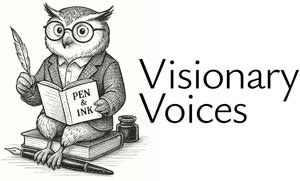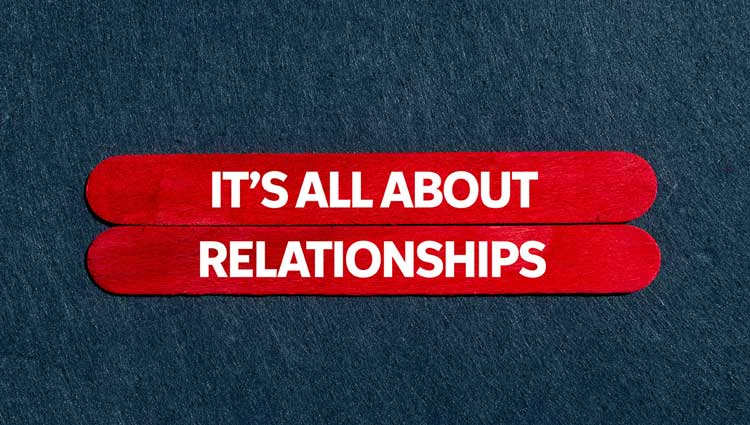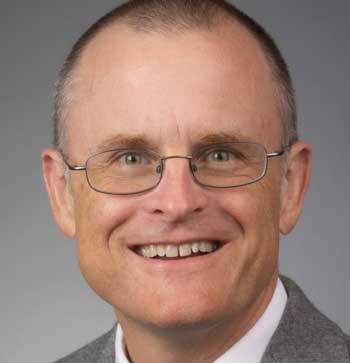At PlannedGiving.com, we’ve always emphasized that fundraising is about relationships—not just transactions. Whether securing a major gift or a planned gift, the foundation of philanthropy is trust, partnership, and shared values.
Dr. Russell James, a renowned expert in fundraising psychology, explores this concept in The Primal Fundraiser, where he explains how our natural instincts shape donor behavior. His research highlights a key principle: when donors feel a strong connection, they are more likely to give—and give generously.
One of his most compelling insights is the power of “subjective similarity” and “reciprocal alliances” in donor engagement. This article explores these principles and how fundraisers can apply them to build deeper donor relationships.
The Relationship Foundation: Primal Fundraising – “I’m With Them”
Fundraising is about relationships. That statement is often repeated, but what does it really mean? It’s more than just friendly interactions or polite conversations. A strong fundraising relationship taps into a deeper, primal level of human psychology.
Subjective Similarity: “I’m Like Them!”
Research shows that people are more likely to help those they see as part of their group. This sense of similarity triggers a deep-seated psychological response—what Dr. James calls “subjective similarity.”
When donors believe, “I’m like them,” they feel a natural affinity and are more inclined to contribute. It’s why organizations that highlight shared values, background, or mission resonate so well with potential supporters.
Reciprocal Alliances: “I’m With Them!”
But similarity isn’t enough. The strongest fundraising relationships come from something even more powerful: reciprocal alliances.
This means a donor isn’t just like the organization—they are with the organization. They feel a sense of belonging and partnership. They see the organization’s mission as their own.
This shift from “I support this cause” to “I am part of this cause” is transformational. It moves donors from one-time gifts to long-term commitments, including major and planned gifts.
What Does This Mean for Fundraisers?
If fundraising is about relationships, our role is to strengthen those relationships in ways that make donors feel like true partners. Here are a few practical ways to achieve that:
-
- Storytelling That Reinforces Identity
-
- Share donor stories that reflect shared values.
-
- Highlight how others “just like them” have made an impact.
-
- Storytelling That Reinforces Identity
-
- Inclusive Language
-
- Use “we” instead of “our organization.”
-
- Frame giving as a collaborative effort: “Together, we are making a difference.”
-
- Inclusive Language
-
- Recognition as Partnership
-
- Instead of just thanking donors, show them how they are part of the mission.
-
- Consider using phrases like “Your leadership in giving makes you an essential part of our work.”
-
- Recognition as Partnership
-
- Long-Term Engagement
-
- Planned gifts are the ultimate sign of partnership. They show a donor’s commitment beyond their lifetime.
-
- Educate supporters on how planned giving options align with their values and legacy goals.
-
- Long-Term Engagement
Closing Thoughts: Strengthening Your Donor Relationships
At its core, fundraising isn’t about asking for money—it’s about building relationships where donors feel like they belong. By creating that deep connection, you’re not just securing a gift—you’re inviting someone to be part of a mission for life.
Want to learn more about how strong donor relationships drive major and planned gifts? Explore our resources at:
- PlannedGiving.com – Tools, training, and expert guidance on planned giving.
- MajorGifts.com – Strategies for cultivating major donors and securing transformational gifts.
For deeper insights, subscribe to Giving Today and Tomorrow, our magazine focused on philanthropy’s future.







